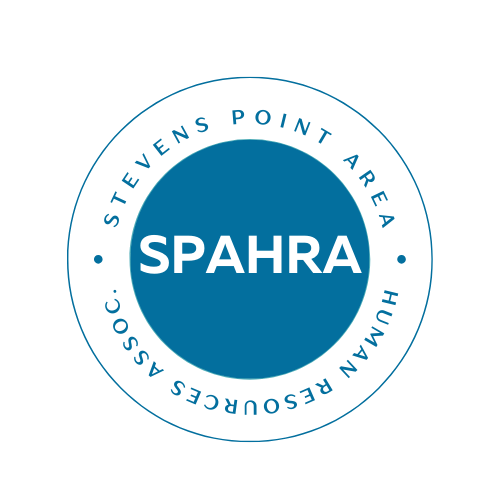By: Attorney Brian G. Formella
Anderson, O’Brien, Bertz, Skrenes & Golla, LLP
The civil liberties of gay couples and the religious rights of a Colorado business owner were recently on a collision course. Then, on June 4, 2018, the U.S. Supreme Court found a detour to avoid the collision, at least for now.
The Court held that, in some instances, a balance must be struck between protecting gay persons in the exercise of their civil rights and the rights of a business owner to express his religious-based objection to gay marriage. The case is known as the Masterpiece Cakeshop case.
Why is the Masterpiece Cakeshop case of interest to human resources professionals? Because the same policy intersection-- or “collision course,” depending on your perspective-- could easily arise in an employment context in Wisconsin. Therefore, H.R. professionals will enhance their value to their organization if they are generally aware of court rulings like Masterpice Cakeshop.
In Masterpiece Cakeshop, a Colorado bakery was owned and operated by an expert baker who professed certain religious beliefs about gay marriage. The baker told a same-sex couple that he would not create a cake for their wedding celebration because of his religious opposition to same-sex marriages - - marriages that Colorado did not then recognize - - but that he would sell them other baked goods, such as birthday cakes.
The couple filed a charge with the Colorado Civil Rights Commission, based on a Colorado law that prohibits discrimination based on sexual orientation in a “place of business engaged in any sales to the public and any place offering services . . . to the public.” Lower courts in the State of Colorado rejected the baker’s First Amendment claim that requiring him to create a cake for a same-sex couple for their wedding would violate his right to free speech by compelling him to exercise his artistic talents to express a message with which he disagreed and which would, he maintained, violate his right to the free exercise of religion.
In its decision, the U.S. Supreme Court recognized the intersection between protecting gay persons in the exercise of their civil rights, as well as religious and philosophical objections to gay marriage that may in some instances be a protected form of expression as well.
So how did the U.S. Supreme Court resolve the two basic rights, which appeared to be on a collision course? To continue with a travel metaphor, the Supreme Court took a detour. It did not decide the issue head-on in this case. Rather, it found that the Colorado commission that considered the matter to be impermissibly hostile to the sincerely held religious beliefs of the baker in this instance. Such hostility meant that the baker was not afforded his due process rights in this instance. The majority of the Supreme Court held that the Colorado commission’s treatment of the baker violated Colorado’s duty under the First Amendment to not have laws or regulations that express an overt hostility to a religion or a religious viewpoint. As a result, the majority of the Supreme Court reversed the judgment of the Colorado appellate court, meaning that the case will be returned to the Colorado legal system for consideration of the matter, but without the noted hostility that the majority noted.
What is the lesson for Wisconsin employers and HR professionals? First, Wisconsin has a law similar to the Colorado law that makes it unlawful to give preferential treatment to some classes of persons in providing services or facilities in any public place of accommodation or amusement because of sex, race, color, creed, sexual orientation, national origin or ancestry. § 106.52(3), Wis. Stats., Public places of accommodation or amusement. A person who feels that he or she has been a victim of unlawful treatment under the law may file a claim with the Equal Rights Division of the Wisconsin Department of Workforce Development, the same entity that considers violations under the Wisconsin Fair Employment Act.
Second, certain Wisconsin employers may have the constitutional protection of the Free Exercise Clause of the First Amendment to the U.S. Constitution. That clause states that “Congress shall make no law . . . prohibiting the free exercise” of religion.
CONCLUSION
The rights and remedies available to everyone under state and federal law--whether state fair employment or public accommodation laws, or Title VII, the Americans with Disabilities Act, or similar federal laws--often create policy conflicts for employees, employers and businesses in general. The wise HR professional will stay alert to the intersection and potential conflicts that will necessarily arise in the workplace and in the marketplace. For now, the resolution to the underlying policy conflict in Masterpiece Cakeshop between public accommodation rights for gay couples and the religious expression rights of small businesses will need to be addressed another day.
By: Attorney Brian Formella
Stevens Point Area Human Resources Association
715.572.1341
bgf@andlaw.com

